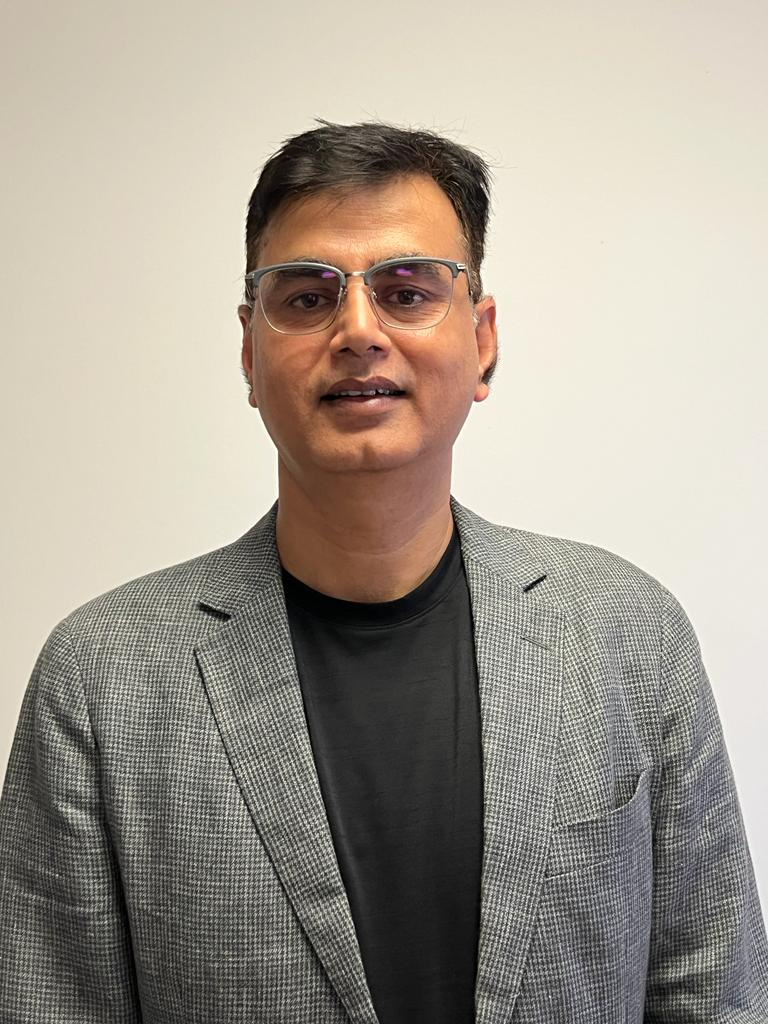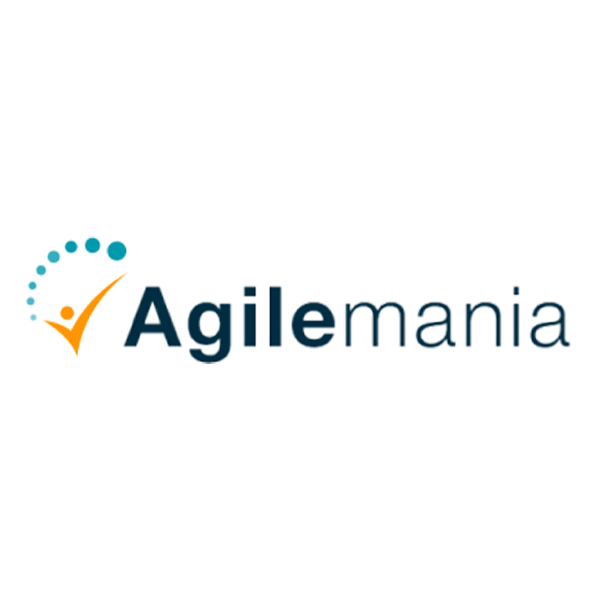
Agilemania
Agilemania, a small group of passionate Lean-Agile-DevOps consultants and trainers, is the most tru... Read more

Agilemania, a small group of passionate Lean-Agile-DevOps consultants and trainers, is the most tru... Read more

A career in Scaled Agile Framework® (SAFe®) is financially rewarding. Being a globally recognized certification, SAFe® is a niche agile framework that has tons of job opportunities. Leading SAFe® 5.1 Training with SAFe® Agilist Certification is the best way to start a career in SAFe®.
Do you have an interview lined up but feel underprepared?
Here’s a guide containing the Top Scaled Agile Interview Questions and Answers in 2023 that’ll be of great help.
A feature is a service rendered by the system that caters to stakeholder needs. A feature has two parts i.e. benefit hypothesis and acceptance criteria.
It is marked necessary and prepared to be delivered by a single Agile Release Train (ART) in a Program Increment. The Program Backlog holds the Features. Capability is a larger-level solution behavior that is normally implemented by more than one ART in a single PI.
Capabilities are divided into numerous features so that they can be implemented by multiple ARTs in one PI. Capabilities are part of the Solution Backlog.
SAFe® can be applied in the following contexts:
The System Team is a specialized Agile Team responsible for managing and supporting the development environment. The System Team usually develops and maintains the tools that support the continuous delivery pipeline.
The System Team may also help the Agile teams integrate their work by performing end-to-end testing, helping them deploy the code and release it on demand.
A value stream is the set of actions that add value to a customer from the initial request through the realization of value by the customer.
The value stream begins with the initial concept, moves through various stages of development, and on through delivery and support.
The Solution Train is the organizational model used to build large and complex Solutions that require the coordination of multiple Agile Release Trains (ARTs). This helps align ARTs with each other through its shared mission, vision, backlog, and roadmap, as well as a Program Increment.
While, Agile Release Train is an Agile team formed out of several Agile teams (50-125 members) that have the expertise needed to implement, test, deploy, and release to deliver software or other products.
Earning a SAFe® certification validates your skills and opens new doors for career advancement. Scaled Agile provider of SAFe.
Get SAFe® Certified Today.
Release Train Engineer (RTE) is a coach and servant leader for the Agile Release Train (ART). Agile Release Train (ART) is a self-organizing, cross-functional team of Agile teams. It is a virtual organization that commits, plans and executes together.
Agile Release Train is the primary value delivery construct in Scaled Agile Framework® (SAFe®). The core responsibilities of RTE include facilitating the ART processes and events, assisting the teams in delivering value, etc. Also, they communicate with the stakeholders, help in managing risks, drive persistent improvement and escalate impediments.
Tipping Point in SAFe® refers to the point at which the final organization objective is to embrace the change instead of opposing it.
An organization reaches the tipping point when it can no longer compete in the dynamic environment. They no longer have the privilege to be resistant but have to embrace change.
Built-In quality is the practice of ensuring that quality is ensured at each level of development. It is a lean-agile principle that advocates maintaining quality is everyone’s responsibility and this helps in avoiding the costs of a recall, rework, and defect fixing as it passes through every value stream.
The five dimensions of Built-In Quality are flow, architecture and design quality, code quality, system quality, and release quality.
DevOps is a combination of a cultural change of development & operations working together and technical practices. DevOps help in the automation and assimilation of software development and IT services.
It is part of the Agile Product Delivery competency of the Lean Enterprise. SAFe® enterprises implement DevOps to break down organizational silos and develop a Continuous Delivery Pipeline (CDP) —a high-performance innovation engine capable of delivering market-leading solutions at the speed of business.
DevOps helps in scalability in the following ways-
Small teams- Building a small team helps in delivering value to the customer. Enables team members to become intrapreneurs
Encourage Skill Development- DevOps creates a culture of continuous learning and improvement
Culture is a priority- DevOps promotes the development of a culture of positivity between operations and team members. More than delivering a product, DevOps is about building a close-knit relationship between product and sales teams.
Implement feedback- DevOps helps in sustainability by receiving faster feedback
Automation- Automation helps in scalability, creating a test-driven development that makes everyone accountable for quality. Automated testing is mandatory without which continuous delivery is a distant dream.
The Innovation and Planning Iteration is the last in the Program Increment (PI) and serves multiple purposes.
For example, it acts as an estimating buffer for meeting the Program Objectives, providing dedicated time for innovation, continuing education, planning, and Inspect and Adapt events.
In SAFe® the teams thrive to provide customer value continuously. With this constant urgency for delivery, there is a risk that the tyranny of urgency will override any opportunity to innovate.
IP Iteration provides this opportunity to innovate and plan together. Through IP Iteration we have dedicated time for PI events. It also provides an opportunity for continuous learning.
Release on Demand is the final element of the Continuous Delivery Pipeline. Release on Demand is the process of deploying new functionality into production and releasing it immediately to customers.
Through Release on Demand, the release is decoupled from Deployment and makes value available to the end-user when they need it or when it makes the most economic sense for the enterprise.
Learn expert strategies to ace your SAFe Assessments. Access valuable tips, resources, and guidance to confidently pass your exam and propel your Agile career forward.
Get started now!
Architectural Runway is the current technical infrastructure, code, and components needed to implement the forthcoming features without much redesign or delay.
This enables a continuous flow of value by providing the necessary technical framework to build Features or Capabilities. New Features or Capabilities consume the Architectural Runway.
The Solution Demo combines the development efforts of all ARTs and suppliers on the Solution Train every PI and ensures visibility to customers and stakeholders for review and feedback.
The different basic entities in SAFe® 5.1 Large Solution SAFe®-
Capability- Capability is a larger-level solution that normally covers numerous ARTs. Capabilities are divided into numerous features to ease their implementation in one PI.
Defect: A product backlog item that doesn’t meet the acceptance criteria is called a Defect. Bugs, errors, or flaws in the solution.
Learning Milestone: Learning Milestones denote particular progress points on the timeline, making them highly useful in measuring and tracking the progress and risk
PI Objectives: Program Increment Objectives is a synopsis of the business and technical goals that an Agile Team or ART plans to achieve in the forthcoming PI.
Risk: Risk is the anticipated adverse event that is detrimental to the progress of a project. Risks in a project can either be opportunities or opportunities.
Retrospective: A Retrospective is a common event that regularly happens where team members discuss the outcome of the iteration, reflect on the practices, and come up with ways to improve.
Solution Epics: Solution Epics are initiatives that qualify big to deserve analysis and a Lean Business Case but are limited to a single Solution (Value Stream).
Essential SAFe® is a small set of roles, events, and artifacts needed to seamlessly provide business solutions through an Agile Release Train (ART) as multiple agile teams.
This configuration of SAFe® focuses on execution. Portfolio SAFe® syncs strategy with implementation and groups solution development around the flow of value through one or multiple value streams.
The Portfolio configuration of SAFe® includes Essential SAFe® for execution while having the Lean Portfolio Management competency for aligning strategy and execution by applying Lean and Systems thinking approaches.
Agilemania, a small group of passionate Lean-Agile-DevOps consultants and trainers, is the most trusted brand for digital transformations in South and South-East Asia.
WhatsApp Us

We will get back to you soon!
For a detailed enquiry, please write to us at connect@agilemania.com
We will get back to you soon!
For a detailed enquiry, please write to us at connect@agilemania.com

